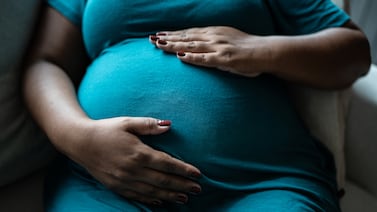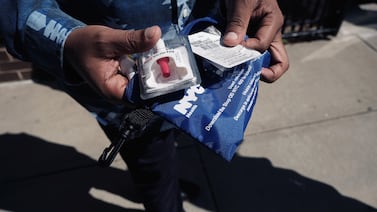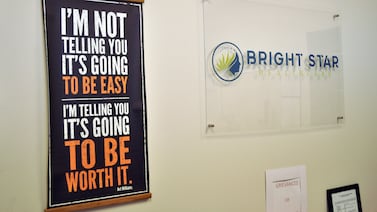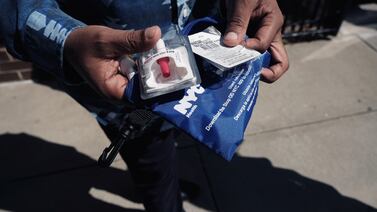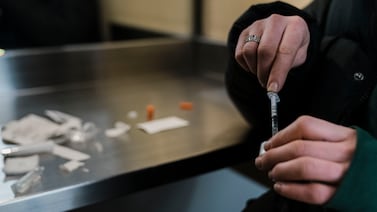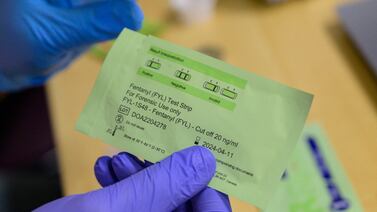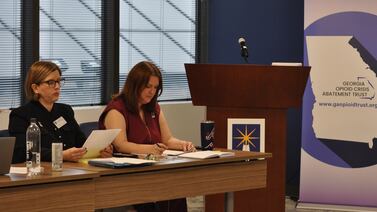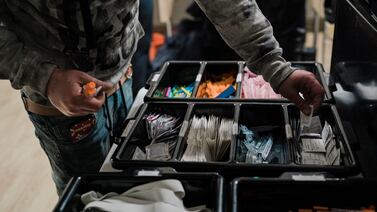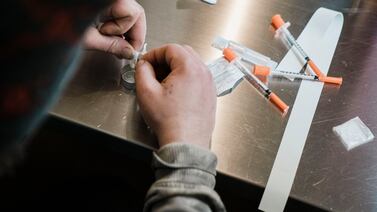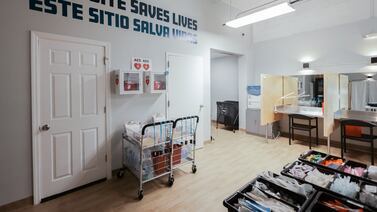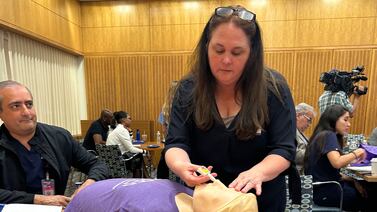Opioids
Barbara Kingsolver opened the facility with royalties from her Pulitzer Prize-winning novel, whose plot revolves around the region's opioid crisis.
Last year, the NYC Health Department identified an alarming trend: Overdose is the city’s leading driver of pregnancy-associated death.
The reduction in deaths is promising but tenuous, as racial disparities widen and uncertainty around federal funding could imperil progress.
128 organizations across the state are set to receive $70 million of settlement money.
New York City has received $154 million from settlements with the pharmaceutical companies that drove the opioid crisis, a total that will reach $500 million by 2040.
The recent rise in overdose-related maternal deaths sits at the intersection of two of the city’s persistent public health challenges — maternal mortality and the opioid epidemic — and the racial disparities within both.
The grants, set to be used in 2025 and 2026, aim to help prevent Georgians from developing opioid addictions, connect people with substance use disorders to harm reduction and treatment programs, and bolster recovery resources.
Advocates say harm reduction isn’t just about clean needles or naloxone kits — it’s about meeting people where they are. During the holidays, that connection can save lives.
In the Atlanta area, an advisory commission recommended $1.3 million over the next two years to reduce the epidemic.
The board is responsible for making recommendations about how the state should use its opioid settlement funds.
The state expects to receive hundreds of millions of dollars from pharmaceutical supply chain companies, and it hopes to award $50 million of it by the end of the year.
Black New Yorkers ages 55 to 84 and residents of the Bronx were among the groups shouldering the highest rate of overdose death.
Doctors say the brew made from large quantities of unwashed poppy seeds could lead to addiction and death.
Some members of the Opioid Settlement Fund Advisory Board say the move could expand efforts to prevent overdoses.
The effort to bring Naloxone, which can reverse the effects of an opioid overdose, into city schools is part of a larger push to make the reversal agent as widely available as possible in the city.


